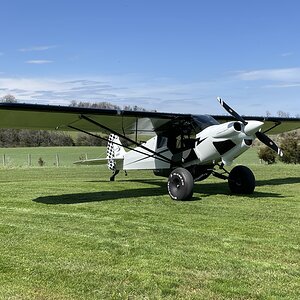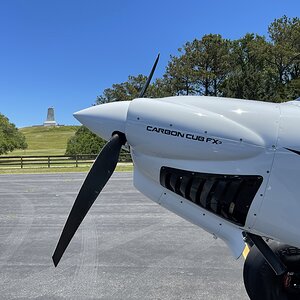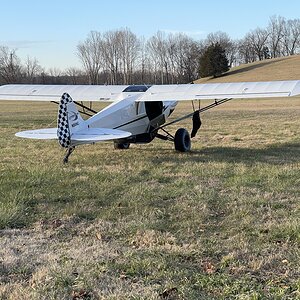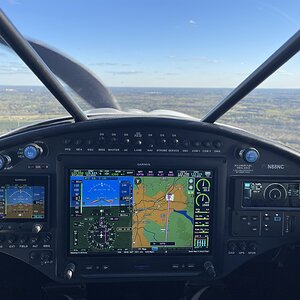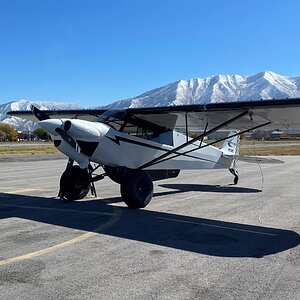- Joined
- Oct 31, 1996
- Posts
- 1,282
- Type aircraft owned
- Carbon Cub FX-3
- Base airport
- KFCI
- Ratings
- COMM, IFR, MEL, SEL
A new thread to discuss a specific topic from this thread from an engine failure situation that occurred due to an alternator going offline due to a wire terminal failure. This thread is to determine how to configure the Garmin G3X using the advanced gauge display functionality and logic controls to show a red CAS alert when the alternator amps go below zero with the engine running.
Thank you to @Cactus Charlie for helping to figure this out.
Thank you to @Cactus Charlie for helping to figure this out.
I think the new G3X conditional scale color bands and alerting would make it quite easy to issue a RED CAS alert with Aural warning if battery amps went negative in flight while the engine was running.
See "advanced gauge" in the current G3X installation manual. It takes a bit of experimenting to understand the concepts but it opens up all sorts of possibilities for customizing the displays and alerting.

